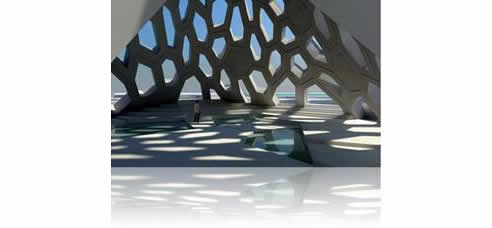NEWS ARTICLE ARCHIVESCadway Revit solutions Queensland If you haven't found it already Cadway has a long standing blog created and maintained by "Mr Spot." We have recently began creating tutorials in video format which hopefully people find easy to follow. If you have a specific request that you'd like Cadway to create an entry for, please post a comment on the blog to request it. Some of the more recent posts include;
Also, please checkout our links section in this Newsletter because if you are finding the transition to Revit 2010 difficult, there is a very useful Shockwave flash utility that allows you to find where your old 2009 commands have moved to in a very intuitive and graphical way! Revit Rants - the Cadway Blog There are a number of non-ideal solutions in the Revit collaboration that need to be understood in order for this process to be successful. When working with an Architect using Revit Architecture, a Structural Engineer using Revit Structural and an MEP Engineer using Revit MEP generally each consultant has their own model and each individual links the various models together at their end. However, there is never a clear definition of scope as to who owns what and who is responsible for the various components. This is the key to a successful workflow, as you'll have items like ceilings and plumbing fixtures that will existing in both the MEP model and the architectural model, as well as roofs, columns and walls which will exist in both the structural and architectural models. Yes Revit has some tools to manage the coordination of these items somewhat automatically, however just because you can doesn't mean you should. The Copy/Monitor tool is somewhat archaic in its design, it can be difficult to identify the correct solution or the issues that exist. As such the best approach to the use of the Copy/Monitor tool is generally only to use it on Levels and Grids and do the other elements coordinated manually. As for who is responsible for what, well that should be set out at the first consultant meeting and agreed upon. There are numerous other best practices for collaborative workflow that I will address in future newsletters and blog posts. Stay tuned! |
 |
 |